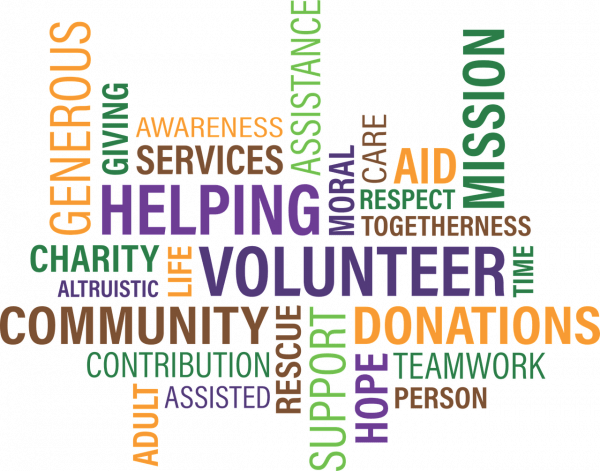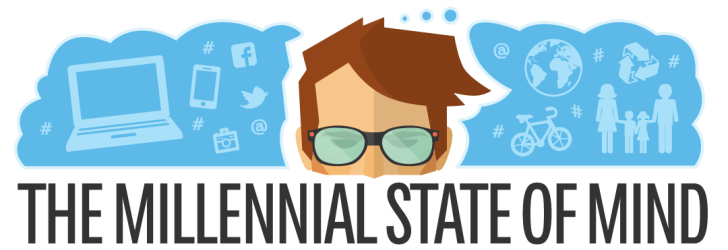This is the time of year that event marketing becomes a very important thing for most people. The question is, how do you do it and how do you do it right? For a perfect event marketing effort you need to take full advantage of all the free things you can. If your budget allows, then take advantage of some paid advertising also. Here is a timeline of when things should be done and some resources to do so:
16 weeks prior to the event you should send out an email to your database. In this email there should be a story of why you are doing the event. If possible or if you have them, you should have a sponsor also write a story about why they are involved. Guest blogging gives a lot of validity on the event. Social media announcement is key to this step and an event on social media should be created. Last but not least, find at least three local social media influencers to help you promote this event. Invite them to the event personally and thank them for considering coming.
14 weeks prior you should send another email and write another blog about new things that have been solidified for the event. Maybe you have a new sponsor or a new member, or maybe you have another portion of the event that you didn’t publicize before. This is also the time that you should be issuing your first press release. Utilize sites like PRLOG.com to get it out to the media. Find local editor emails online for the local papers and make sure you send them a personal copy of the press release. If your budget allows, this is the time to create an event and start publicizing on Search Engine Marketing and Paid Social. Everybody thinks that they should spread the budget evenly for the next 14 weeks, I challenge that. If you have $280 for 14 weeks of advertising do not advertise at $20 per week. Your final couple of weeks are going to be the most important to get the public to the event so save at least 50% of the $280 for the final 3 weeks. Ultimately, you want to spend 25% of the amount in the final week of registration or the final week prior to the event. Obviously continuing to post on social media regularly is very important to the success.
Here is where the timing gets skewed. Our biggest success is when we take the remaining time and spread things out therefore maximizing the amount of times people see the event. Emails and blogs should be posted every 3 weeks. Social Media posts should go out 1–2 times per week. Regular press releases should be sent at week 10 and then every 3 weeks with the last one going out 1 week prior to the event.
The final week prior to the event, you should send out your last email, your last press release, and turn up your social media to at least three times that week. You should check in with your influencers to verify that they are coming, then make your final checklist to assure everything is ready. Make sure you turn up your paid advertising and maximize who it goes to. This is also the time to do retargeting and make sure everyone that has been to your website sees the event again. Also, reach out to your local papers and see if they are going to be able to come to the event.
Now, here is were most people fail. The event is done, everything is cleaned up, and you want to take a break because it has been a whirlwind these last couple of months. I am sorry to say it but, NO it is not time to relax yet. You have three days to get a follow up email out thanking people for coming. Send out surveys via your multiple advertising directions to see how everybody enjoyed the event. Follow up with media to see what they thought and if and when the media will be running an article or video about the event. Once you get all of this, you share it and write a press release about the success of the event. Include quotes from executives about how they felt the event went and quotes from the people that came. It is time to start promoting for next year! Isn’t it grand how the job of a an event marketer never ends?




